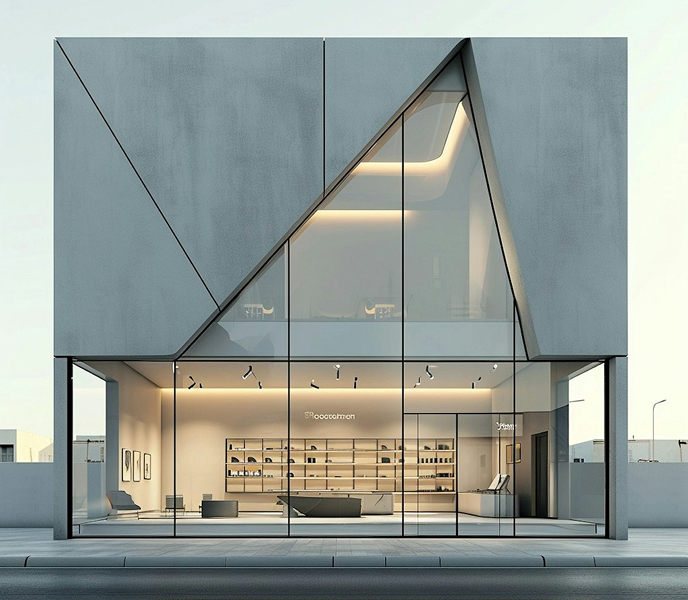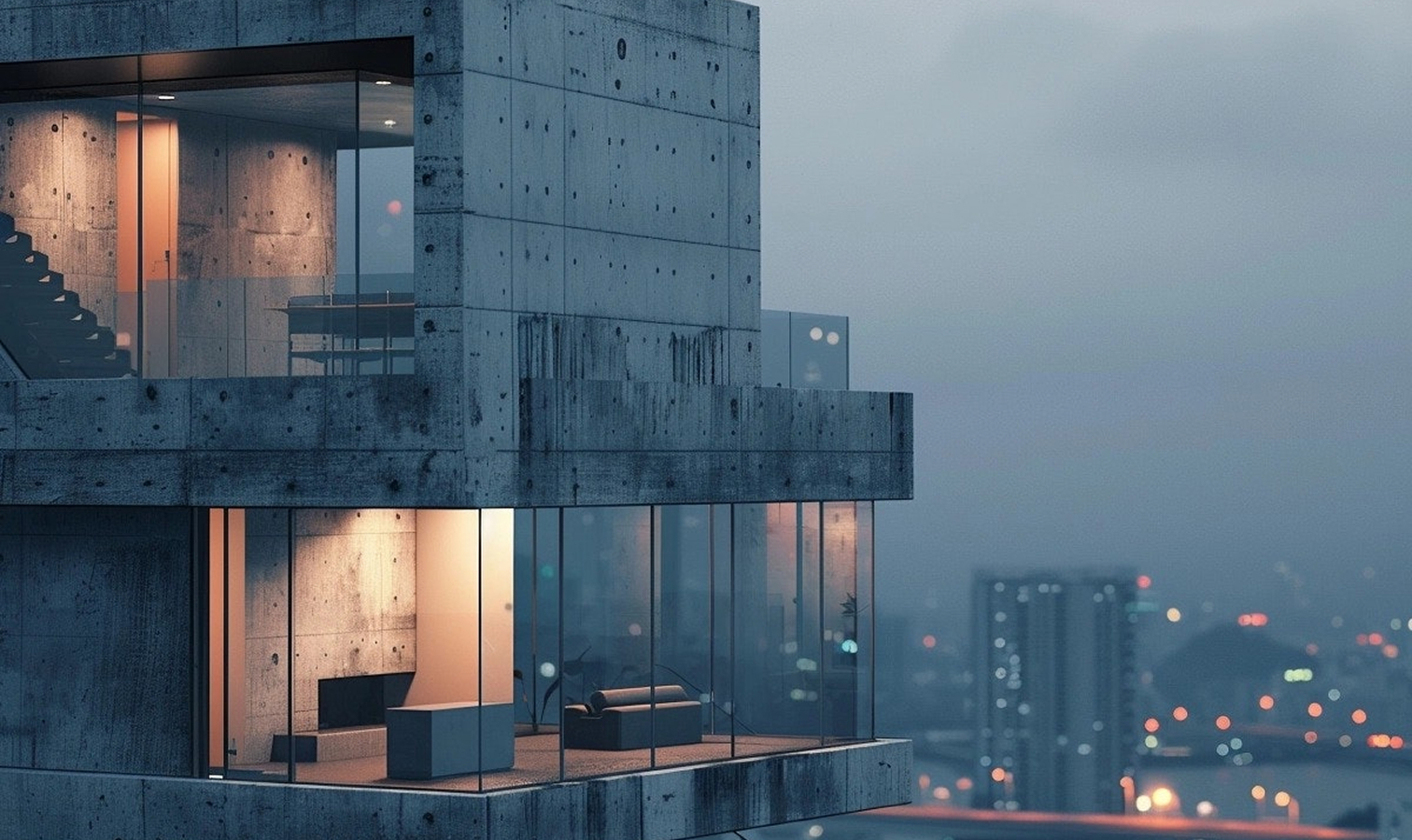About Ludwig Mies
Ludwig Mies van der Rohe, born in Aachen, Germany, was a
leading figure in the International Style. As the last
director of the Bauhaus and head of architecture at the
Illinois Institute of Technology (IIT),
He designed landmarks that defined 20th-century architecture, earning prestigious awards like the Presidential Medal of Freedom.
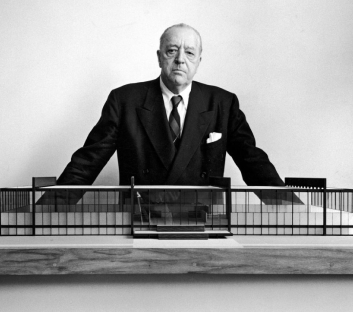
“Architecture is the will of an epoch translated into space.”
Featured Work
“Less is more”
Ludwig Mies van der Rohe
His Other Work
Architectural records
Inspired by the modernist era and local Croatian graphic design quirks—such as modified thin accents—we developed a stylistic set that can turn diacritics, punctuation, and even symbols into their thinner alternates
There is a substitute shape for the lowercase letter “a”, as well as options to place letters and numbers into squares and circles.
Designed with Lilly Reich for the 1929 International Exposition in Barcelona, this pavilion is a cornerstone of modern architecture. Its simple form, open plan, and luxurious materials like marble and travertine embody Mies’s ‘less is more’ philosophy. Demolished in 1930, it was reconstructed in 1986.
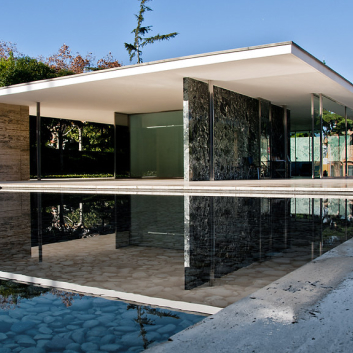
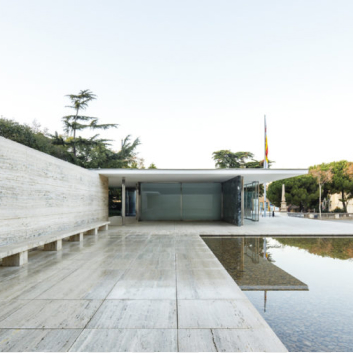
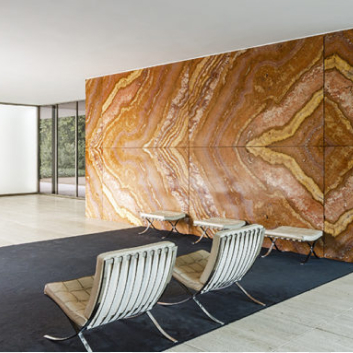
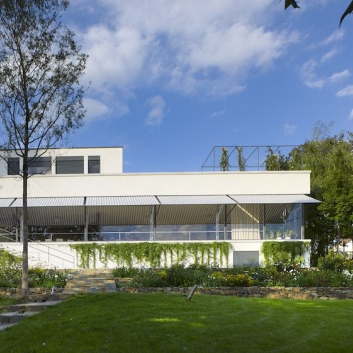
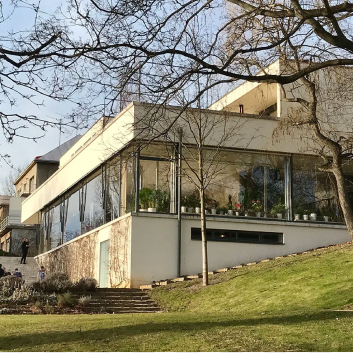
Located in Brno, Czech Republic, this UNESCO World Heritage Site showcases Mies’s functionalist approach. Its open interior, large glass windows, and innovative furniture, like the Tugendhat Chair, highlight his integration of space and design.
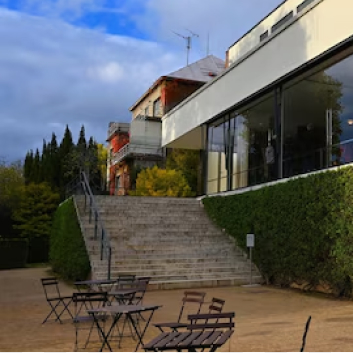
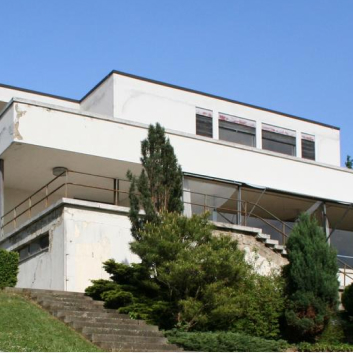
A New York City landmark, this 38-story skyscraper, designed with Philip Johnson, set the standard for modern high-rises with its steel frame and bronze-tinted glass curtain wall, reflecting Mies’s structural clarity.
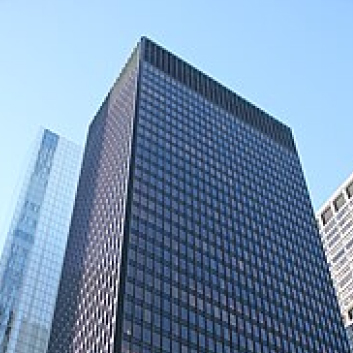


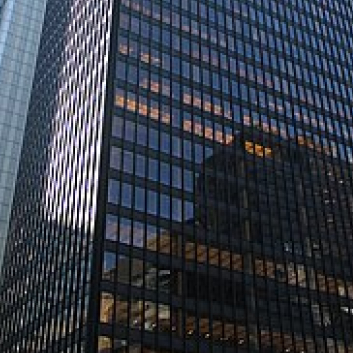
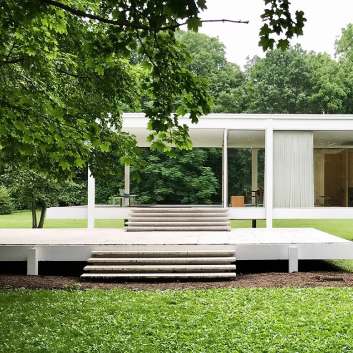
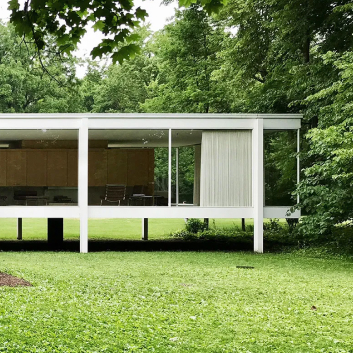
Built near Chicago for Dr. Edith Farnsworth, this transparent weekend retreat exemplifies Mies’s minimalist vision, blending seamlessly with its natural surroundings despite construction challenges.
Awards & Recognition
Awards
Recognitions
Also Featured On
News and Articles
